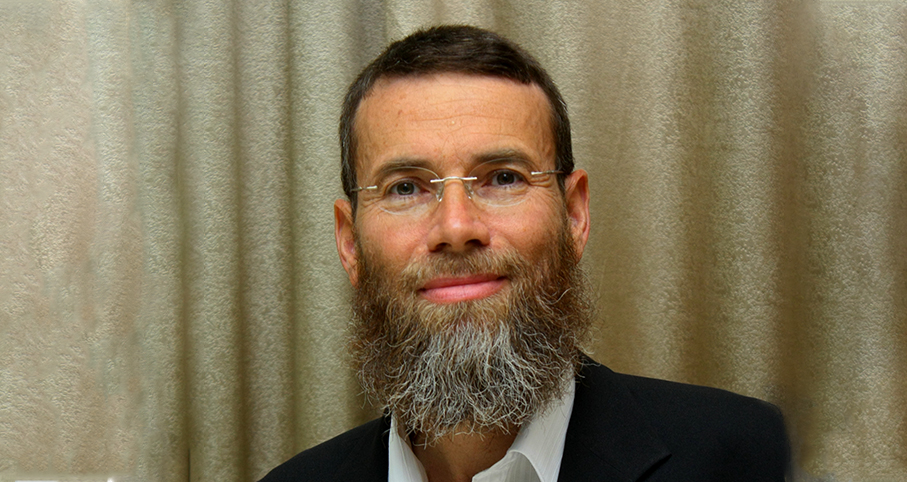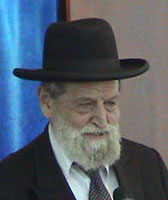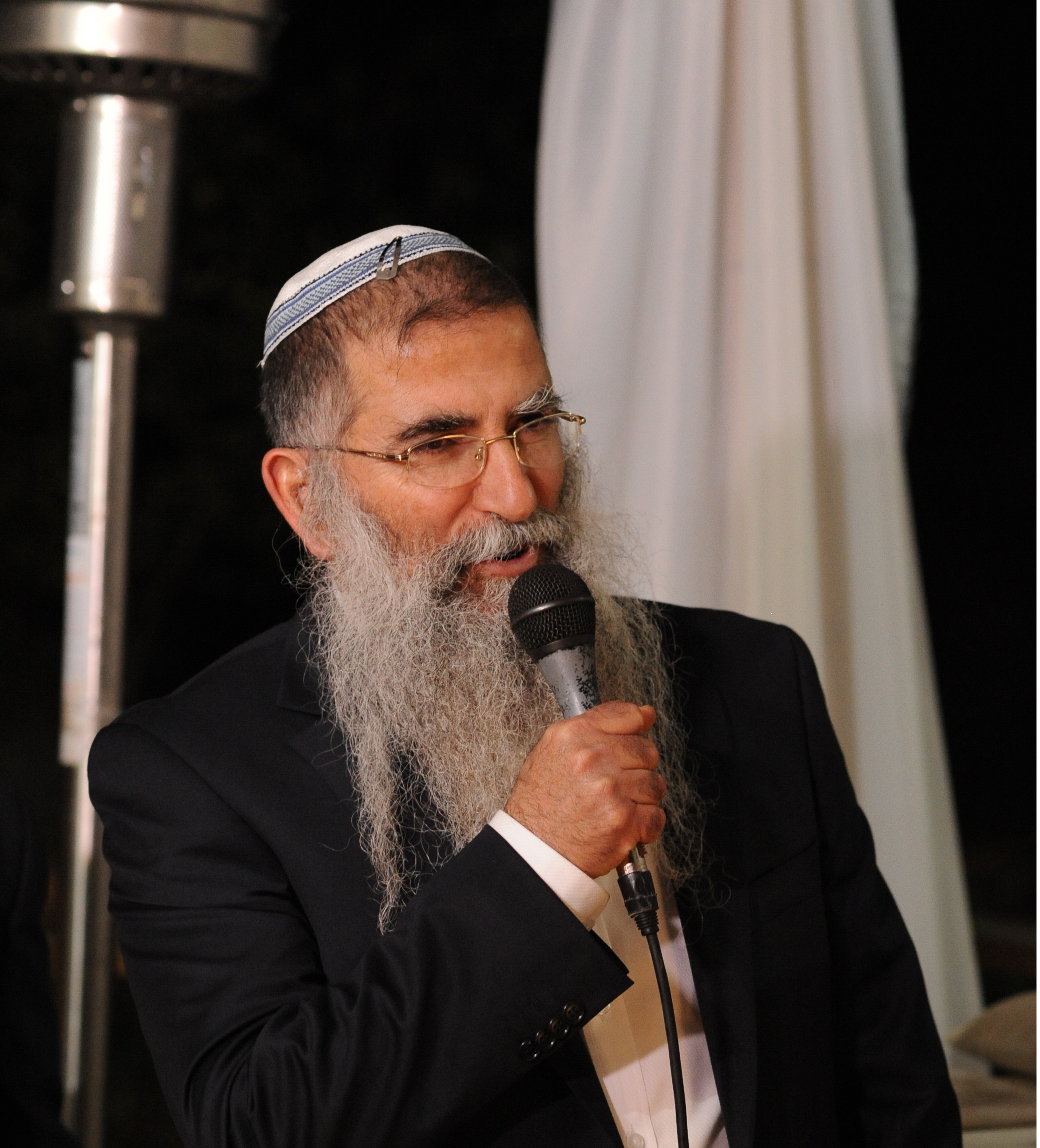Beit Midrash
- Jewish Laws and Thoughts
- Prayer
- Shul
"May we merge two existent shullen, when each has its own minhagim?"
Question #2: Two shuls
"Is it permitted to leave a shul to start our own?’
Question #3: More seats?
"Can there ever be a problem with adding more seats to a shul?"
Introduction:
Our batei kenesiyos and batei midrashos, the buildings that we designate for prayer and for study, are referred to as our mikdash me’at, our holy buildings reminiscent of the the sanctity of the Mishkan and the Beis Hamikdash.
As I mentioned in last week’s article, there is a halachic requirement to build a shul. To quote the Rambam (Hilchos Tefillah 11:1-2), Any place that has ten Jews must have available a building that they can enter to pray at every time of prayer."
Changing neighborhoods
An interesting teshuvah from Rav Moshe relates to a shul building that had been originally planned with a lower level to use as a social hall, with the shul intended to be on the upper floor. They began to use the social hall for davening until they built the shul on top, but the neighborhood began to change. Before they even finished the social hall, it became clear that they would have no need to complete the structure of the building. They never finished the building, and instead, directed the efforts and finances toward purchasing a new shul in a neighborhood to which people were moving. The old shul, or, more accurately, the "social hall" part of the old shul building, is at the stage where there is barely a minyan left, and the dwindling numbers imply that it is not going to be very long until there is no functioning minyan. The question is that they would like to sell the old building and use the money to complete the purchase of the new building. Furthermore, the mikveh in the town is now in a neighborhood to which women are hesitant to travel, so they want to use the funds from the old shul building to defray the construction costs of a necessary new mikveh.
Because of the specific circumstances involved, including that it is unlikely that people from the outside will drop in to daven in this minyan anymore, Rav Moshe rules that they are permitted to sell the building.
A similar responsum from Rav Moshe was when they needed to create a shul in a neighborhood where there was a good chance that the Jewish community there would not last long. Rather than declare their building a shul, they called it a library and used it as their shul. Rav Moshe suggests that they might have been required to do so, since they knew from the outset that the days of the Jewish community were numbered (Shu"t Igros Moshe, Orach Chayim, 2:44).
More seats?
At this point, let us discuss the third of our opening questions:
"Can there ever be a problem with adding more seats to a shul?"
There is an early responsum on the topic (Shu"t Harivosh #253), and the ruling might seem to us counterintuitive. A wealthy individual purchased several seats in the shul many years before. Probably, when the shul was built, the community had sold or perhaps even auctioned seats, at prices depending on their location (think of the relative ticket prices on theater seats, lehavdil). The seats are considered private property and are even at times rented out to others.
There is now a shortage of seats in the shul and the community would like to add new seats in empty areas of the shul. The wealthy fellow claims that this will make it more difficult for him to get to his seat, and that his own seat will be more crowded as a result. Can the community add seats, notwithstanding his claim?
The Rivosh rules that the community cannot add new seats, because the wealthy fellow already owns the right to get to his seat in a comfortable way. However, the Rivosh rules that the community may do the following to try to increase the availability of seats:
1. They may set a limit on the rental price of the existing seats.
2. They may pass a regulation that unused seats must be rented out.
Building two shuls
There is an old Jewish joke about the Jew stranded on a desert island who built two shuls, one to daven in, and the other never to walk into. Is there any halachic basis to this habit we have of opening several competing shullen in the same neighborhood?
Indeed, there are old responsa regarding this question. The Radbaz, one of the greatest halachic authorities of the fifteenth century, was asked such a shaylah (Shu"t Haradbaz #910).
A man named Yehudah Abualfas wanted to open a second shul in his town. The background appears to be as follows: The community, which may have been located somewhere in Egypt, was composed predominantly of families who originated from Tunisia, but there were individuals who had settled there from other places. The shul followed the minhag of Tunis.
Yehudah Abualfas, who was born and raised in this community with Tunisian customs, and everyone else living in the town, were members of the general community. They donated to the community’s tzedakah fund, participated in its fees and taxes, and davened in the community shul which followed minhagei Tunis.
Abualfas’s family originated from a place where they followed the customs of the Spanish communities, not those of Tunisia. (Ashkenazim tend to group Sefardim and Edot Hamizrah together as one group. Technically, Sefardim are those whose antecedents once lived in Spain, whereas there were Jewish communities from Morocco to Iran and even farther east whose ancestors never lived in Spain and should be called Edot Hamizrah.) Abualfas and his friends had begun to develop their own community, consisting of members who identified as Sefardim and not as Tunisians, and they wanted to create their own community following minhag Sefard.
Shul versus community
The Radbaz divides the question into two topics: May the Sefardim establish their own shul, and may they establish their own community?
Regarding the establishing of their own community, which would mean that they would no longer participate in the tzedakah fund and other taxes and fees of the general community, the Radbaz rules that, once they have individually been paying as members of the main community, they cannot separate from that community and create their own. As individuals, they are bound to continue contributing to the main community.
However, regarding whether they may create their own shul, the Radbaz rules that they may, for the following reason: since they do not want to be forced to daven with the rest of the community, their desire to have their own shul will disturb their kavanah while davening. The Radbaz discusses at length the issue of davening with kavanah. He notes that one is not permitted to daven when one is angry, and that the Gemara states that, if the amora Rav Chanina ever got angry, he did not daven that day. Furthermore, we see that any distraction is a reason why one should not daven, even that of an enticing fragrance. Therefore, one may not daven when in the presence of people that one does not like. The Radbaz further suggests that just as there is a halacha that one will study Torah properly only when he is interested in the topic, a person will be able to concentrate in his davening only when he is praying where he is happy. For these reasons, the Radbaz rules that people who are not satisfied praying with the rest of the community are permitted to organize their own shul. However, he rules that it is within the community’s prerogative to ban the forming of other shullen, when this will harm community interests.
Berov am hadras melech
The Radbaz then discusses the halachic preference of berov am hadras melech, a large group of people (attending a mitzvah) honors the King (Rosh Hashanah 32b). This means that it is preferable that a large group of people daven in one shul, rather than split among several smaller shullen. The Radbaz concludes that, indeed, it is preferable for everyone to daven in the same shul but, when people will be unhappy, that factor permits them to open their own shul.
The Radbaz closes this discussion with the following:
"Do not interpret my words to think that I believe that dividing into different shullen is good. G-d forbid… However, we are required to try as hard as possible that everyone pray with a full heart to his Father in Heaven. If it is impossible to pray with a full heart when davening in a shul that one does not enjoy, and the people will constantly be arguing, having different shullen is the lesser of the two evils."
An earlier authority, the Rivosh (Shu"t Harivosh #253) mentions the same ruling -- individuals who want to establish their own breakaway minyan cannot be stopped, and that it is improper to prevent this. However, if the members of the existing shul claim that their shul requires the income or membership to keep going, one should examine whether the claim is truthful. If, indeed, it is, one should work out a plan that accommodates the needs of both communities. (See also Rema, Choshen Mishpat 162:7.)
Two shuls
At this point, we can now address the second of our opening questions: "Is it permitted to leave a shul to start our own?"
The short answer is that there are circumstances when this is permitted, although, in an ideal world, it is not preferred.
One shul
At this point, let us examine the first of our opening questions: "May we merge two existent shullen, when each has its own minhagim?"
The answer is that, because of the rule of berov am hadras melech, it is preferable to merge shuls into a larger entity, but, as I explained above, this will depend on circumstances (see also Shu"t Binyan Tziyon 1:122). If the members understand that it is a greater honor to Hashem to have a large shul with many people davening together, that is preferred.
Conclusion
Understanding how much concern Chazal placed in the relatively minor aspects of davening should make us more aware of the fact that davening is our attempt at building a relationship with Hashem. As the Kuzari notes, every day should have three high points -- the three times that we daven. We should gain our strength and inspiration for the rest of the day from these three prayers.
The power of tefillah is very great. Man was created by Hashem as the only creation that has free choice. Therefore, our serving Hashem and our davening is unique in the entire spectrum of creation. Remember that we are actually speaking to Hashem, and that we are trying to build a relationship with Him. Through tefillah, one can save lives, bring people closer to Hashem, and overturn harsh decrees. We are required to believe in this power. One should not think, "Who am I to daven to Hashem?" Rather, we must reinforce the concept that Hashem wants our tefillos, and He listens to them!
This Shiur is published also at Rabbi Kaganof's site

Kedushat Beit Knesset of a Rented Building
Rabbi Daniel Mann | Tevet 3 5780

Donating a Sefer Torah to a Shul
Rabbi Daniel Mann | Tevet 24 5779

The Laws of Bar Metzra on Seats in Shul
Various Rabbis | Elul 8 5775






















